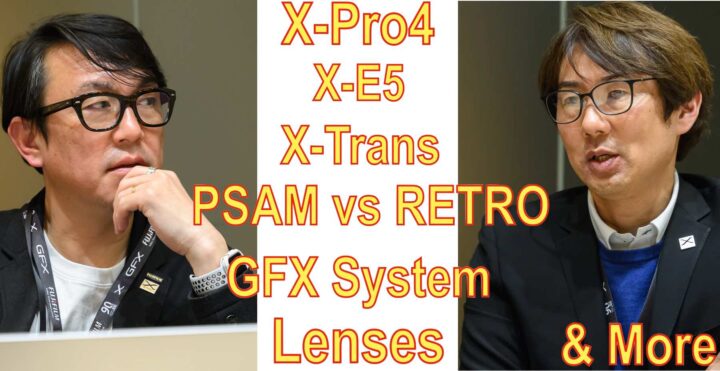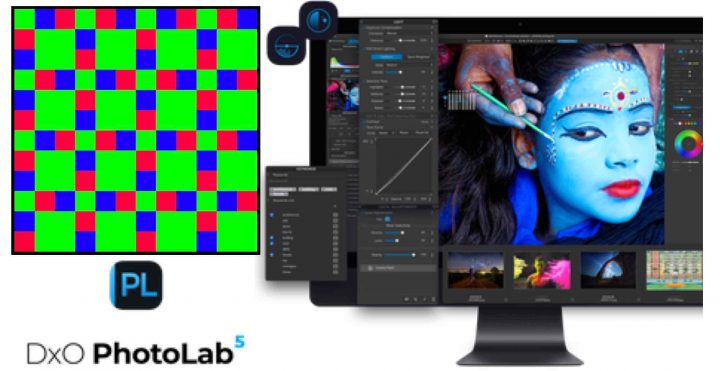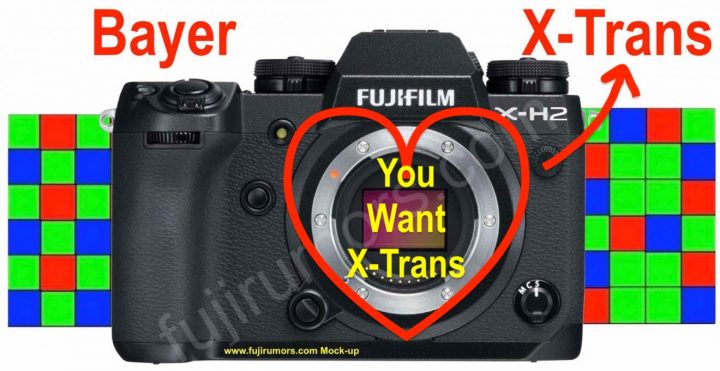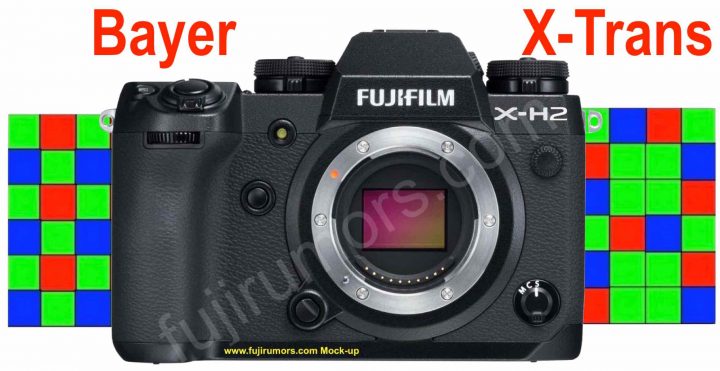Japanese Fujifilm Managers: X-Pro and X-E line Not Stopped, X-Trans is Here to Stay, PSAM vs RETRO, GFX Sports Photography and More

At the last CP+, the French Website Phototrend had the opportunity to talk to Japanese Fujifilm manager Jun Watanabe about the X series and to Japanese Fujifilm manager Makoto Oishi about the GFX series.
Down below you can find a quick summary. For the full French version check out the articles at Phototrend here (X series) and here (GFX series). Plus a little rant at the end.
X series
- Fujifilm can not confirm if X-Pro4 will arrive soon or not
- X-Pro line is not stopped
- X-T and X100 series do not satisfy all customers who want a “pure photography” experience
- Fujifilm is studying different possibilities
- feedback and expectations are high for the next X-Pro
- X-E line is not stopped
- sports photography is a difficult market
- other brands are long established there and for Fujifilm it’s new terrain
- Fujifilm can not confirm anything about eventual future lenses for sport photographers
- Fujifilm has received great feedback about the latest autofocus system, but they will continue to improve
- renewing older lenses is something that Fujifilm has in mind
- XF16-50mmF2.8-4.8 [admin note: will replace the XF18-55mmF2.4.8]
- Fujifilm is not considering any option other than X-Trans for their APS-C cameras
- its unique matrix offers the advantage of combining high definition and suppression of moiré and chromatic aberrations
- for X100VI, Fujifilm has developed the smallest and thinnest IBIS unit to date
- the X100VI IBIS wiring has been moved to the side – see here
- IBIS system uses data from the image in addition to the gyroscope (motion blur is analyzed from the live-view image)
- the grip of the X100VI is a tenth of a millimeter deeper than X100V for a better grip
GFX series
- GFX100II market return (sales) is very good, not only among professional photographers, but also filmmakers and directors
- GFX100II sales exceed Fujifilm’s expectations
- GFX100S is still very popular because Fujifilm has lowered its price
- GFX100S still very popular in some markets like China
- professionals go for GFX100II, enthusiasts for GFX100S
- Fujifilm never looked at its market share in medium format segment
- other manufacturers have no announced so many new products, so Fujifilm thinks they are Nr.1
- some expect a faster 50MP GFX. But Fujifilm thinks high definition is more popular
- there are lots of FF cameras offering 50/60 megapixel, so offering 50MP now has become almost banal
- Fujifilm focuses on improving the 100MP sensor performance
- for professionals ergonomics are very important
- first GFX cameras had dedicated dials but now they switched to a easier to operate PSAM dial layout
- Fujinon GF 500 mm f/5.6: it’s time for Fujifilm GFX to approach wildlife and sports photography
- normally APS-C lenses are compact than FF and MF (hence also smaller AF motors)
- but regarding telephoto lenses, size primarily depends on diameter and aperture. Regardless of whether it’s for APS-C, FF or MF, the fundamental construction of telephoto lenses, particularly on the front lens side, is the same
- Fujifilm tries to make the GF500mm as small and light as possible to obtain faster autofocus
- tilt-shift lenses are the most difficult to design
- Fujifilm started to develop its GF tilt shift lenses back in 2019
- why not retro? High end high speed cameras need to be operated quickly, hence PSAM. Also good for hybrid shooters for video
Let me just say that I strongly, vehemently, vigorously and fervidly disagree with Fujifilm in regards to what they said why they stick with PSAM on their GFX lineup.
First: the GFX system is not know to be blazing fast and immensely popular among high end sports photographers. I actually feel the GFX system would be the ideal system to use a retro layout.
Second: maybe Fujifilm should watch my video so they learn how to operate their own cameras.
They will find out that one can operate their retro styled cameras exactly as any PSAM camera out there. It’s a marvellous and ingenious design that gives us photographer the best of both words: retro if I want to have fun shooting or want to actually operate the camera already before turning it on, and PSAM if one needs to make lots of adjustment all the time on the fly.
Retro Fujifilm cameras offer both options. PSAM cameras force you into one way to operate the camera.
And in my opinion not offering retro styled GFX cameras anymore is one of the all time biggest mistakes Fujifilm is doing.
C’mon Fujifilm, look at what is selling best in your X system. You’ll see that retro X cameras outsell PSAM cameras by very far. And Nikon had a colossal success with the Nikon Zf lately. It’s clear that in times where every camera is just so good, what people really look for is to have a different photographic experience thanks to dedicated vintage dials.
The joy of shooting sells better than any specs boost you can show off on paper.
An example?
The X100VI sells like hot cakes. The revolutionary global shutter ultra modern high speed blazing fast Sony A9III is selling way below Sony’s expectations (you could always find it in stock everywhere all the time because demand is not high… ask your local retailer).
- X100VI – New
BHphoto (black & silver) / Amazon (black & silver) / Adorama / Moment / Nuzira - GFX100 II – New
BHphoto / Amazon / Adorama - GFX100S – save $1,600
BHphoto / AmazonUS / Adorama / Moment / Focuscamera
Make sure to read/watch below:




